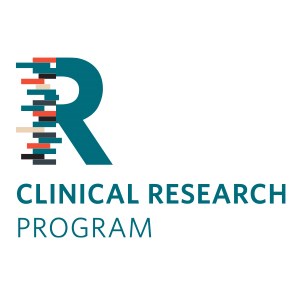When asked about the ACS, the Association of Program Directors in Surgery, and the Association for Surgical Education Resident Prep Curriculum, most (67%) reported that they were unaware of it:
- 38% were unaware but interested in knowing more
- 29% were unaware and not interested in knowing more
- 17% were aware of the program and had used it
- 13% were aware of the program and indicated that they may use it in the future
- 4% were aware of the program but had no plans to use it
Surgical training is a process of lifelong learning that starts in medical school and continues throughout a physician’s practice. The surgical training paradigms change and evolve over time, and responses in this survey are consistent with much of the current literature.
Ongoing discussions regarding surgical residency training, the optimal degree of flexibility, and the idea of competency-based education and promotion undoubtedly will continue. This BoG survey reflects a broad spectrum of opinions and, at this time, it is recommended that the ACS act as a facilitator for these ongoing discussions rather than advocating for a single approach.
Private Practice
As the healthcare environment has evolved with time, the models for physician employment also have evolved. A large percentage (41%) of respondents were currently or had previously been in private practice, and most (71%) of them indicated that they would choose private practice again. A significantly lower percentage (14.9%) currently in full-time academic practice responded that they would choose private practice again.
A wide variety of barriers were reported for starting or joining a private practice, including specialty or practice focus, needed business skills, the challenge of building a reputation and developing referral sources, and the overall financial risks.
Neary half (47.3%) of respondents indicated that the ACS should advocate for a revision of the Stark Law* to allow for more support of private practices, while 13.4% didn’t agree, and 39.4% were unsure. The distribution of responses to this question changed somewhat when analyzed by practice type; fewer full-time academic surgeons supporting ACS advocacy for the Stark Law revision.
Respondents indicated that if the Stark Law were revised, hospital-provided electronic health record (EHR) systems would be the most beneficial to sustaining a private practice. It is important to note that in 2020, the Centers for Medicare & Medicaid Services and the Office of Inspector General released final rules amending the regulations to the Stark Law and the Medicare and State Health Care Programs: Fraud and Abuse; Revisions to Safe Harbors Under the Anti-Kickback Statute and Civil Monetary Penalty Rules Regarding Beneficiary Inducements that facilitated the donations of EHR and cybersecurity technology.
More than 78% of respondents said that it was moderately important to essential for the ACS to develop programs/resources to help sustain surgical private practices. They indicated that the ACS programs/resources related to business and management education and coding support were the most valuable to those in private practice (see Figure 2).












